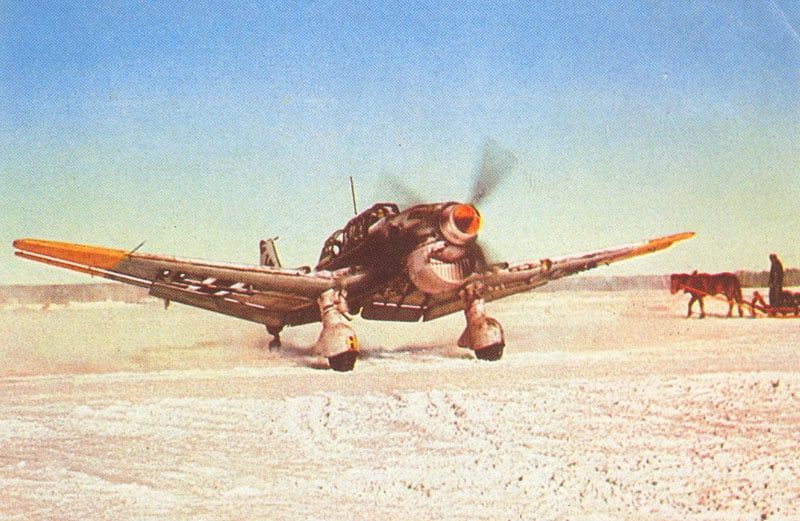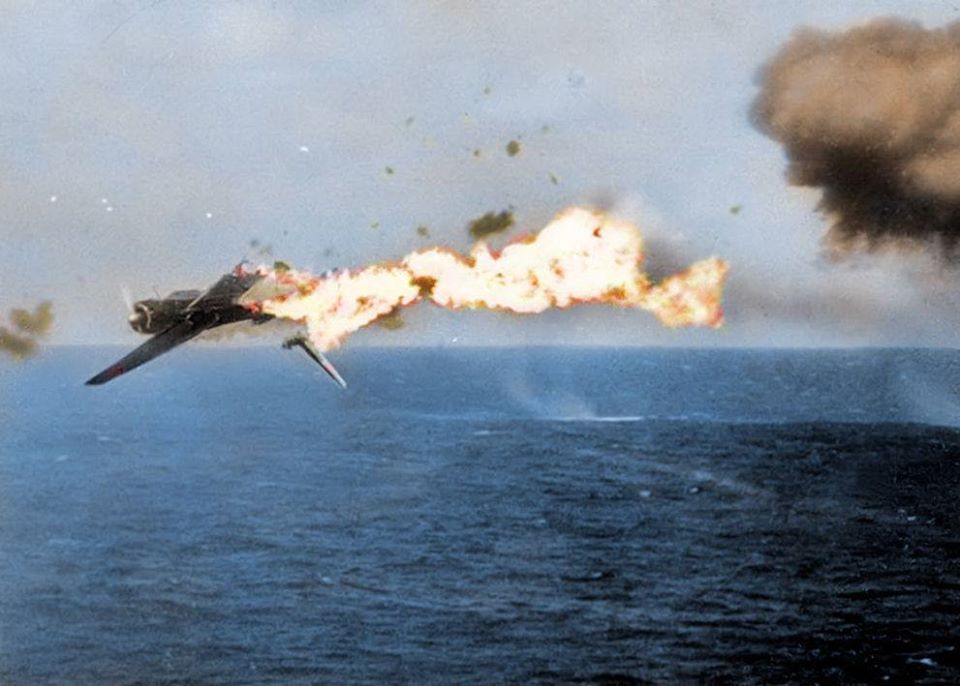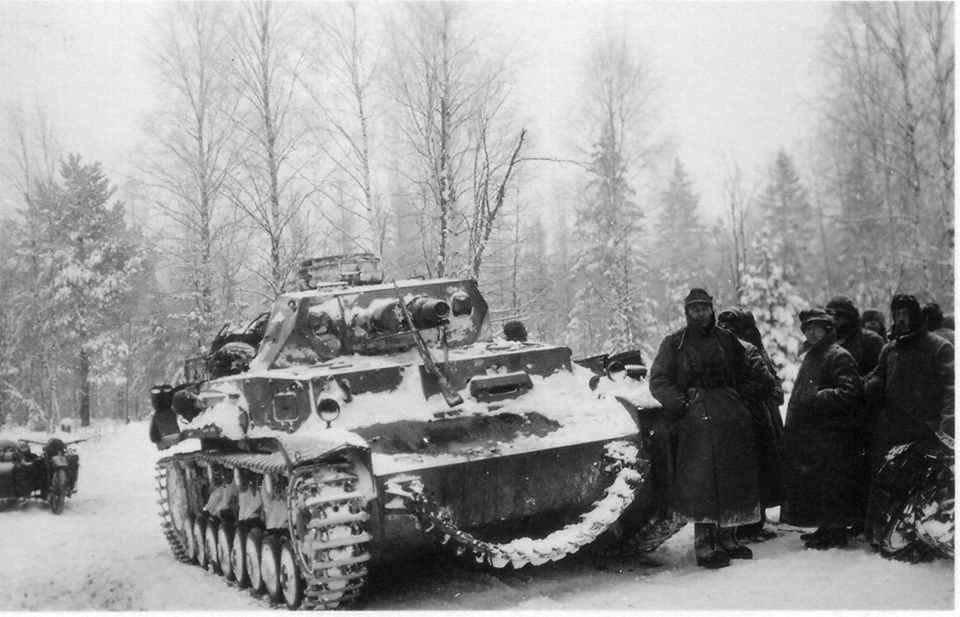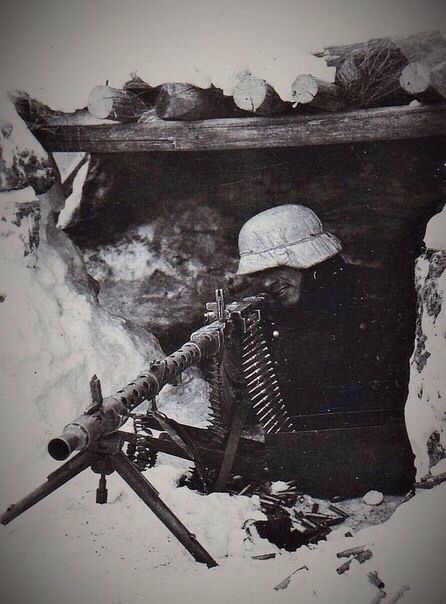January 3, 1941. Eastern Front
German command problems continue on 3 January 1942 as the Red Army counteroffensive broadens. Already, two army group commanders and numerous generals such as Heinz Guderian have been sacked. The generals now are fighting over retaining control over units which the OKH and Hitler want to be transferred between commands. General Georg-Hans Reinhardt, commander of 3rd Panzer Army, refuses an order from General Adolf Strauß at Ninth Army, who has been given control over 3rd Panzer Army. The situation in Army Group Centre always has had these ad hoc commands, where one army is given command of another, but Reinhardt is upset about the refusal of Strauß to give him command over V Panzer Corps, which had been transferred to his sector. Army Group Centre commander Field Marshal Guenther von Kluge finally has to threaten Reinhardt with a court-martial if he does not obey Ninth Army’s orders. This is a prime example of the diva-ish behaviour that regularly breaks out within the upper ranks of the Wehrmacht.
Soviet troops are advancing on Rzhev, which had been far behind the front lines a few weeks ago. The Luftwaffe manages to operate despite -40 °F temperatures and flies in a battalion of reinforcements. The Germans have requisitioned winter clothing from the local inhabitants and learned ways to keep their machine guns and other automatic weapons working. This gives them a fighting chance to hold Rzhev, which is an important railhead and the entrance to the “land bridge” to Moscow.
Further south, Junkers Ju 87 Stukas of StG 77 attack Soviet shipping off the Kerch Peninsula. They bomb and badly damage Soviet cruiser Krasnyi Kavkaz. It is under repair until October 1942. On land, the Germans begin building up forces for a counterattack along a line about 10 miles west of Feodosia while the Soviet 51st, which has occupied the entire Kerch Peninsula, begins moving slowly west to reinforce the 44th Army. General Erich von Manstein, commander of 11th Army, sends 30 Corps under the command of Generalmajor Maximilian Fretter-Pico and also two other divisions from the Sevastopol perimeter to buttress the new line in the east. The Germans plan a counterattack as quickly as possible but it will take a couple of weeks to launch.
Source: worldwartwodaily
















